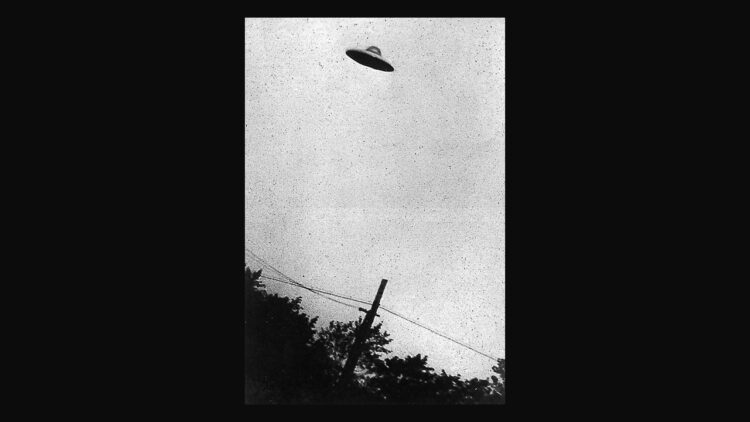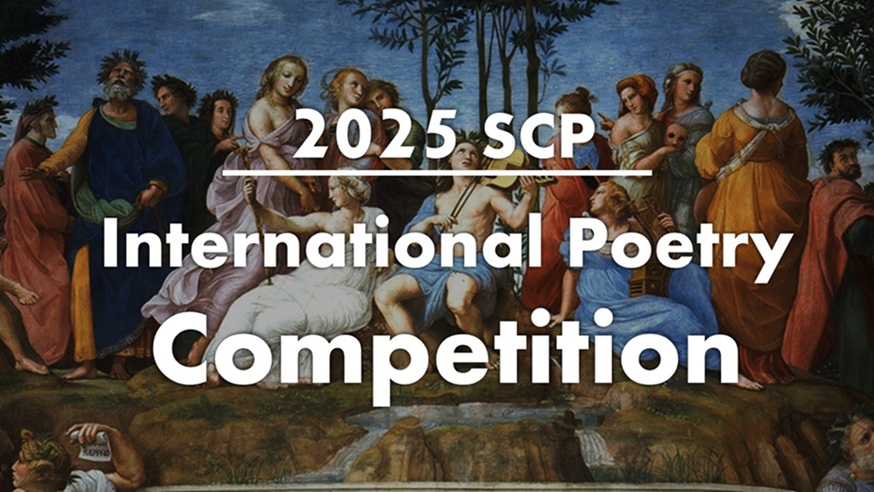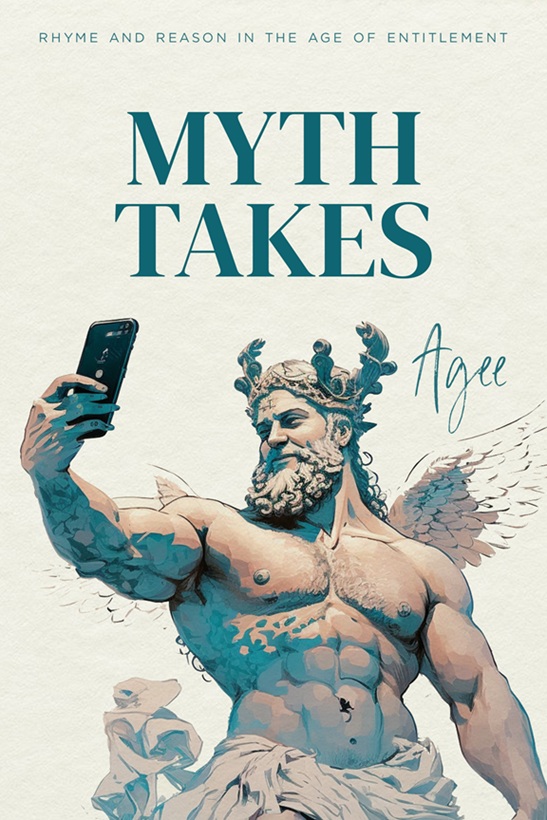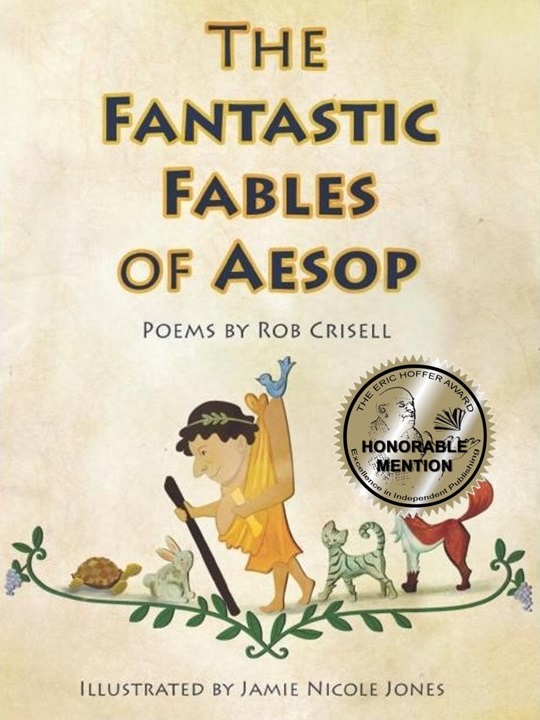Sensation
Amidst the flaming of the flying saucer’s landing gear,
like as the Sunshine glazing it, in gold-white-yellow sheer,
the meadow edge is filled with crabgrass seedheads by the trail,
the bright, cement-gray road is lit by brilliant blazing rays.
The shadow of the alien is ten-foot long, and more.
The pale Moon is faint and silver, like a lode of ore.
Where is he going, that strange being, unattached and lone,
there walking down the walkway in a black cap with a phone?
Who could he call? Who would he call? Who should he call at once?
What is the nation in the zation he’s a member of?
Bruce Dale Wise is a poet and former English teacher currently residing in Texas.

















For some reason, Bruce, I am reminded of the film The Crawling Eyes, which was replayed over and over on the afternoon show Million Dollar Movies, which aired many years ago from New York. As a sucker for any kind of science fiction, where conflicts are often interstellar, I think “zation” is a terrific coinage.
as per I. E. Sbace Weruld:
Though I was not thinking specifically of a 1950s sci fi film, especially “The Crawling Eye” (which I have never seen), I have recently been watching and studying 1950s sci fi films, for various reasons, including this one—that they seem to frequently capture my present state of mind-and-being; so that, perhaps, as Mr. Anderson suggests, such writing could easily remind one of an example of that genre. Yes, I, too, am “a sucker for” such zensational zations; however, in a Platonic PostModernist vusion (a 1970s neologism of mine), i. e., a realized civilization.
‘The pale Moon is faint and silver, like a lode of ore.’ Just when you think there’s no new way to describe the Moon! Brilliant.
Must agree that ‘zation’ is a fabulous invented word.
Thanks for the read, Bruce.
I am really just trying to capture what I am seeing: “The pale Moon” in the afternoon, “faint and silver” in that light, “like a lode of ore”, compared to the Sun’s “gold-white-yellow sheer”. It was not a yellow brick road I was walking down, but rather a “bright, cement-gray road…lit by brilliant, blazing rays”. I was attempting merely to describe the Moon I was seeing, by using a simple simile, in as prosaic a manner as I could; so, if it is not as “brilliant” as so many of the lunar similes I have recently read, as in, say, works by Maclain, in “Where Eagles Dare” and Montsarrat in “The Cruel Sea”, it is perhaps, at least as terse, as those found in tankas, like those of Ariwara Narihira.
If, as Mr. Freeman suggests “zation” is a “fabulous invented word”, it is at least one of the few neologisms (whether mine or another’s), included in my works over the years, that Mr. Mantyk has allowed @SCP. And though I may have coined “approximately” one-to-two-thousand neologisms, I abide only in the shadow of that great “literary” figure Thomas Browne, who Jorge Borges called “the best prose writer in English. Even as I am typing this comment, my grandson is orally coining words…
Interesting ironic use of beauty. You portray something quite jarring in such a peaceful way that the alien landing seems almost natural. This was an intriguing read.
Earlier in my writing, I was drawn to Rilke, and thought beauty was nothing but the beginning of terror. However, since that time, I have moved far from the German Romantic/ Realist/ Modernist realm. @ SCP, at least, Mr. Sedia captures best the darker aspects of the Romantic school in art, partially from his association with The Chained Muse, and also from his own frequent landscapes. He is right on target when he points out I was portraying “something jarring in such a peaceful way”; however, any of the poem’s “intriguing” aspects come most likely from who the alien is, where he is, where he has come from, and where he is going to.
I will answer Mr. Sedia’s comments with a recent, Romantic, moonlit tennos:
“Moonlit Winter Landscape” by Carl Blechen: 1836
by Ewald E. Eisbruc
He saw the “Moonlit winter landscape” on the Internet
the painting done by Carl Blechen—indirect…intent—
He saw the distant pale Moon, white in the evening sky.
He saw the bare and leafless trees rise long and black and high.
He saw the cold, blue atmosphere, the snow out far and wide.
He saw the near brown rugged ground touched by Moonlight and ice.
He saw a fallen log up front and center in the scene.
Was there a sitting fox at one side, looking, studying,
a strange contorted row of trees behind him in the dark,
lit from the Moonlight, for a moment, baring stark, stirn Carl?
Ewald E. Eisbruc is a poet of German artistry. Carl Blechen (1798-1840) was a Romantic German painter. According to Beau Lecsi Werd, the neologism “stirn” is a blend of stern and stirring.
Sensational poem, Bruce. Not only visually but viscerally. The pictures of flying saucer and alien have just enough physical detail to usher in a foreboding psychic uncertainty, which you develop through the questions that don’t exactly end the piece. You’re way ahead of previous commentors congratulating you on “zation,” because whether you or they know it or not, it is currently in use as business and AI lingo. Well worked into an ominous situation!
In the same way that Mr. Sedia grasped the tonal qualities of “Sensation” [not surprising, as he is likewise a composer] and its strange aspects [this I attribute to his historical literary exercises], so, too Ms. Coats brings thoughtful perspectives to this “sensational” poem.
If the sensations in this poem are not “sensational”, as Ms. Coats cleverly notes, they are at least sense-data in the manner of British Empiricism; seemingly incredible; and yet, somehow there is, in this unintentionally ominous picture, something real and disturbing. Perhaps it is the emptiness of the setting that is most upsetting. Yet this is not the setting of Ozimandias: the central object is not deteriorating, and the central figure is not “crumbling”. It is indeed more casual than Shelley’s work; this Mr. Sedia accurately pointed out.
Ms. Coats is correct that the questions “don’t exactly end the piece”. In fact, it seems as if the situation is simply an opening move—to where, or to what—it is hard to say—from the poem itself. She does bring up a note on “zation”, which she says is “currently in use as business and AI lingo”…
That does take me back to my older days (the 1970s) when I first used the “trunc”. Those were high-flying days, when I was striving to deal with English (which I wrote aurally with my own letters, and used only the binary number system in my notebooks, in West Germany), or while studying business, economics, accounting, computer science, and mathematics (mainly to understand, appreciate, and counter the Logical Positivists, and Bertrand Russell, in particular). Whether I was the first to use that trunc in the 1970s, or not, hardly matters at all; whether using the newly manufactured IBM computer [a coinage of Thomas Browne] or simply writing only with my opposing hand (left) in a brief period in London.